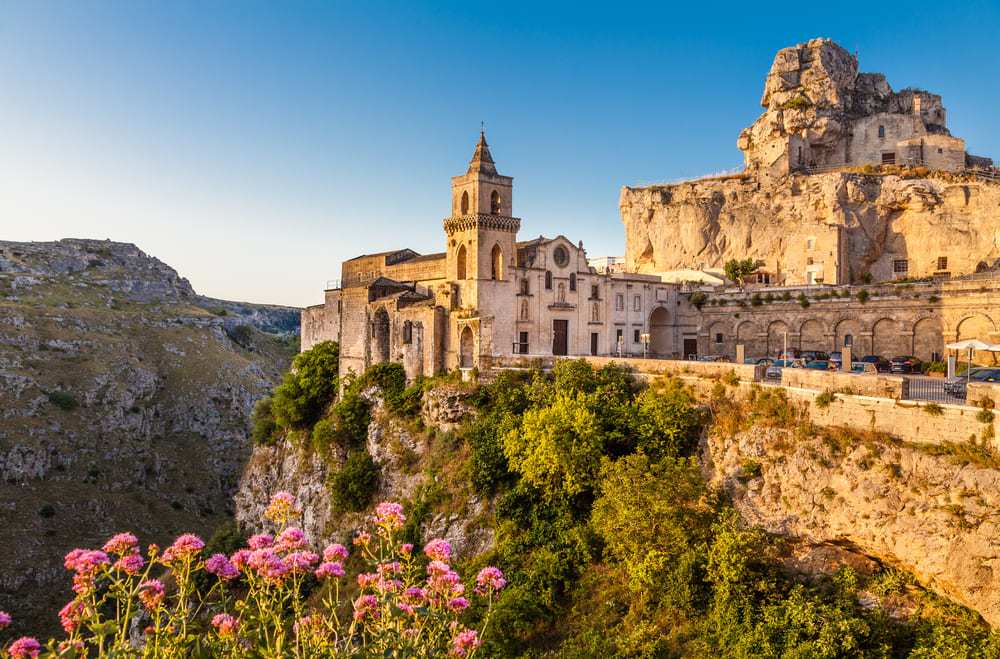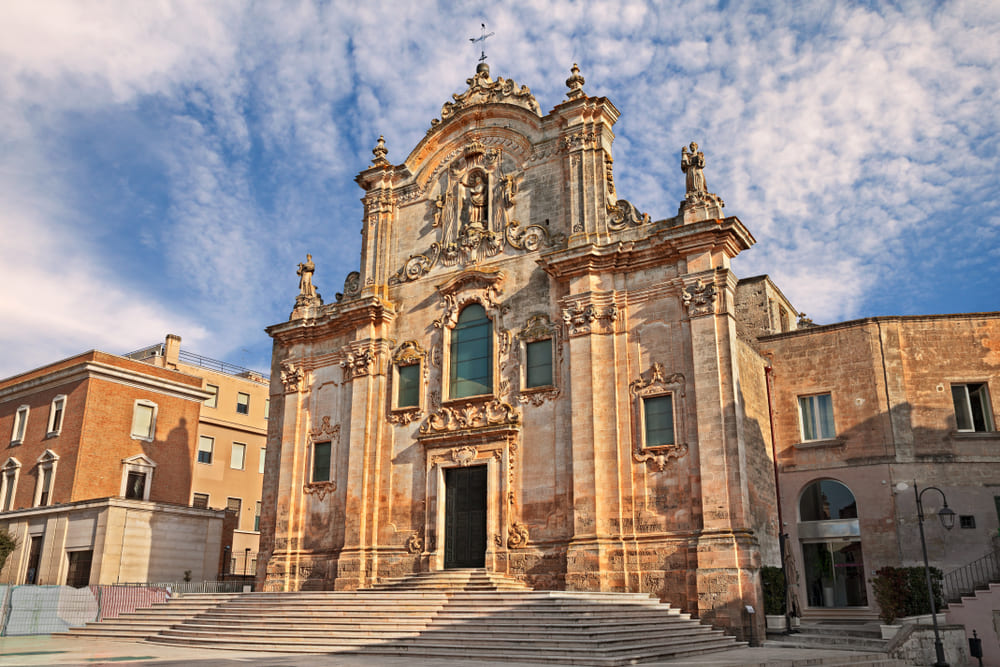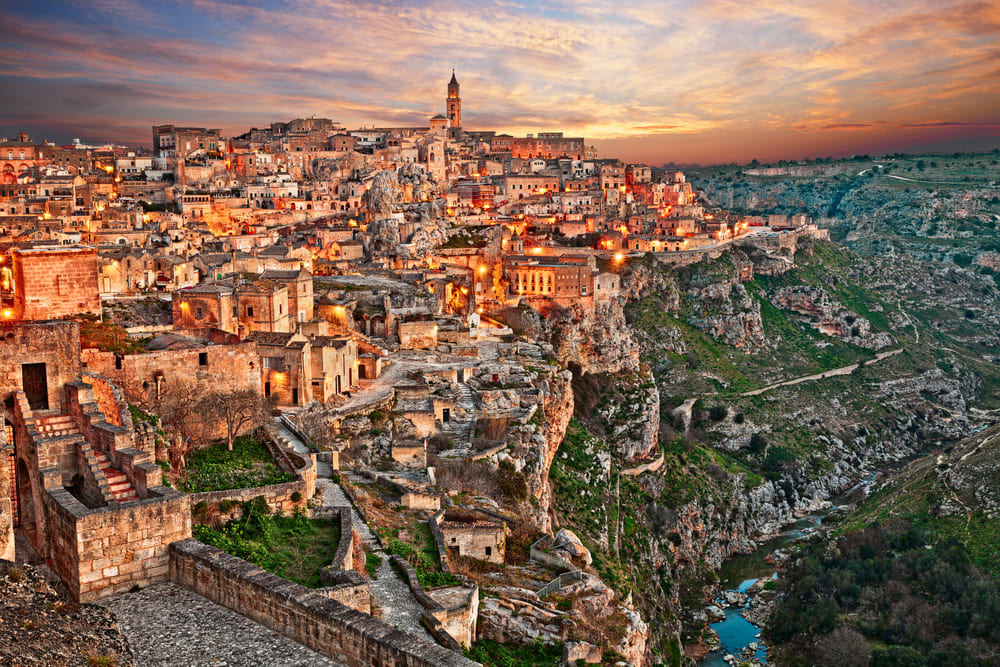Location Information
Matera Tour
The stone city in neighboring Basilicata
Matera is an Italian town of about 60 thousand inhabitants, capital of the homonymous province and second city of Basilicata by population.
It is one of the oldest cities in the world whose territory contains testimonies of human settlements starting from the Paleolithic and without interruptions up to our days. It represents an extraordinary page written by man through the millennia of this long history.
Known as the “Città dei Sassi” and “Città Sotterranea”, it is known throughout the world for the historic Sassi districts, which make Matera one of the most ancient, inhabited cities in the world. The Sassi were recognized on December 9, 1993, in the assembly of Cartagena de Indias (Colombia), a World Heritage Site by UNESCO, the first site in southern Italy to receive such recognition.
Going around Matera is like reliving a forgotten past. Visiting this suggestive and almost magical Lucanian city, the sensation is that of entering a nativity scene. It is no coincidence that Matera is also called “the second Bethlehem” and has been the setting for films such as “The Passion” by Mel Gibson and “The Gospel according to Matthew” by Pier Paolo Pasolini. In the fifties, when the population who lived in the caves dug into the mountain was forced to abandon those houses to settle in modern neighbourhoods, no one would ever have thought that those caves, the “stones”, would become the symbol of a city that is reborn.
On 17 October 2014, Matera was designated European Capital of Culture for 2019.
Attractions in Matera
The Sassi of Matera
Today the Sassi of Matera offer the visitor a great cultural landscape, which is why UNESCO has included them on the list of World Heritage Sites. From an architectural point of view, they present an incredible series of elements that have stratified over time, from rock complexes, excavated by man, to the rock churches, burial areas, which alternate continuously with buildings of all different eras: the Middle Ages, the Renaissance, the Baroque up to the modern era. The visitor will find in continuity caves, hypogeums, palaces, churches, neighbourhoods, stairways, balconies, gardens and vegetable gardens all set one in the other to form a unique and magical place.
Rock Churches
Of the approximately 160 rock churches – carved into the rock – that dot the area, 38 are among the Sassi, the rest are scattered throughout the Murgia Materana Park and were founded mostly during the Early Middle Ages. Over the centuries they changed their function often becoming homes, other times stables and are a strong testimony of the work and presence of Byzantine, Benedictine, and Lombard ecclesiastical communities. There is a thin red line that connects the fresco cycles of the churches, or their Byzantine traits. This artistic reminiscence is due to the migration of monks from Cappadocia and Armenia.
Today, again in the sign of European urban culture, the aspects of the challenge of redevelopment, of sustainable recovery, of regaining the lost identity are the activities that have brought to the fore this unique city which has rightly become a World Heritage Site.
Gallery




